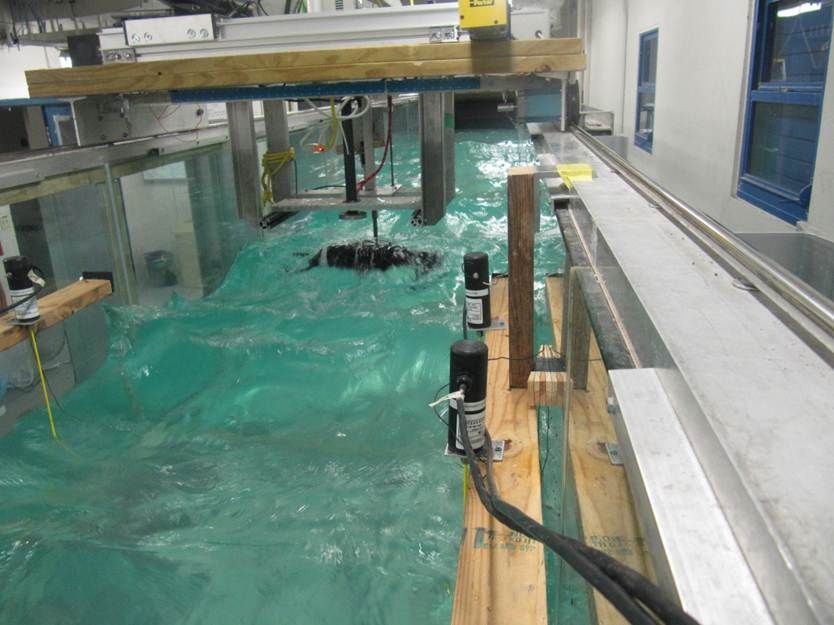Dead Bird Drift Hints at Disease Outbreak

Dragging bird carcasses though water to determine the physics of their postmortem journeys is a dirty job, but somebody's got to do it.
That somebody is Karl von Ellenrieder, an associate professor of ocean and mechanical engineering at Florida Atlantic University. Von Ellenrieder and his colleagues' new work contributes to simulations of how deceased birds move as they float along lakes and other bodies of water. The goal is to trace back the origin of major bird die-offs in Lake Michigan.
"If the die-off resulted from some sort of man-made problem, like maybe dumping or just runoff from crops, it would help them understand what the source was and then maybe mitigate it or clean it up," von Ellenrieder said of the U.S. Geological Survey scientists who will use this research.
Bird die-offs
Waterbirds in Lake Michigan and the other Great Lakes are susceptible to poisoning by type-E botulism, a bacteria that excretes toxins and paralyze the muscles. Botulism poisonings were first noted in the Great Lakes in 1963, and bird die-offs are on the rise; in 2007, 10,000 more birds died than in 1963 from the effects of the toxin.
These dead birds wash up onshore, but the origin of the outbreak is hard to trace without understanding how the corpses move in various conditions of wind and wave.
A missing piece of this puzzle was a way to quantify the drag, or resistance on the bird bodies caused by moving through the water. The amount of drag differs depending on how long a bird has been floating.
Sign up for the Live Science daily newsletter now
Get the world’s most fascinating discoveries delivered straight to your inbox.
"When they've been floating for awhile, they gradually start to absorb water in their feathers and they essentially will float at different levels depending on how long they've been in the water," von Ellenrieder told LiveScience.
Wind and waves
To quantify the drag, von Ellenrieder and his colleagues used taxidermied carcasses of a Common Loon (Gavia immer) and a Lesser Scaup (Aythya affinis), which are representative of large, long-necked birds and smaller, short-necked birds, respectively.
The researchers towed the carcasses at various levels of submersion in a still tank at speeds between 0.6 feet per second and 2 feet per second (0.2 meters per second to 0.6 m/s), equivalent to winds moving at 6 to 27 mph (3 m/s to 12 m/s).
Along with wind and current information, the drag that resulted from these trials can be entered into simulations that will then trace the origin of dead birds found floating in lakes or washed up on beaches, von Ellenrieder said.
The next step will be to refine those simulations further. Floating bird carcasses are also subject to another kind of drag, called wave drift forces, which occur when an object is floating on the surface of choppy water. Over the next month, researchers plan to conduct experiments in a wave-filled tank to measure these forces.
The scientists will present their findings today (Nov. 24) at the annual meeting of the Division of Fluid Dynamics of the American Physical Society in Pittsburgh.
Follow Stephanie Pappas on Twitter and Google+. Follow us @livescience, Facebook & Google+. Original article on LiveScience.

Stephanie Pappas is a contributing writer for Live Science, covering topics ranging from geoscience to archaeology to the human brain and behavior. She was previously a senior writer for Live Science but is now a freelancer based in Denver, Colorado, and regularly contributes to Scientific American and The Monitor, the monthly magazine of the American Psychological Association. Stephanie received a bachelor's degree in psychology from the University of South Carolina and a graduate certificate in science communication from the University of California, Santa Cruz.











